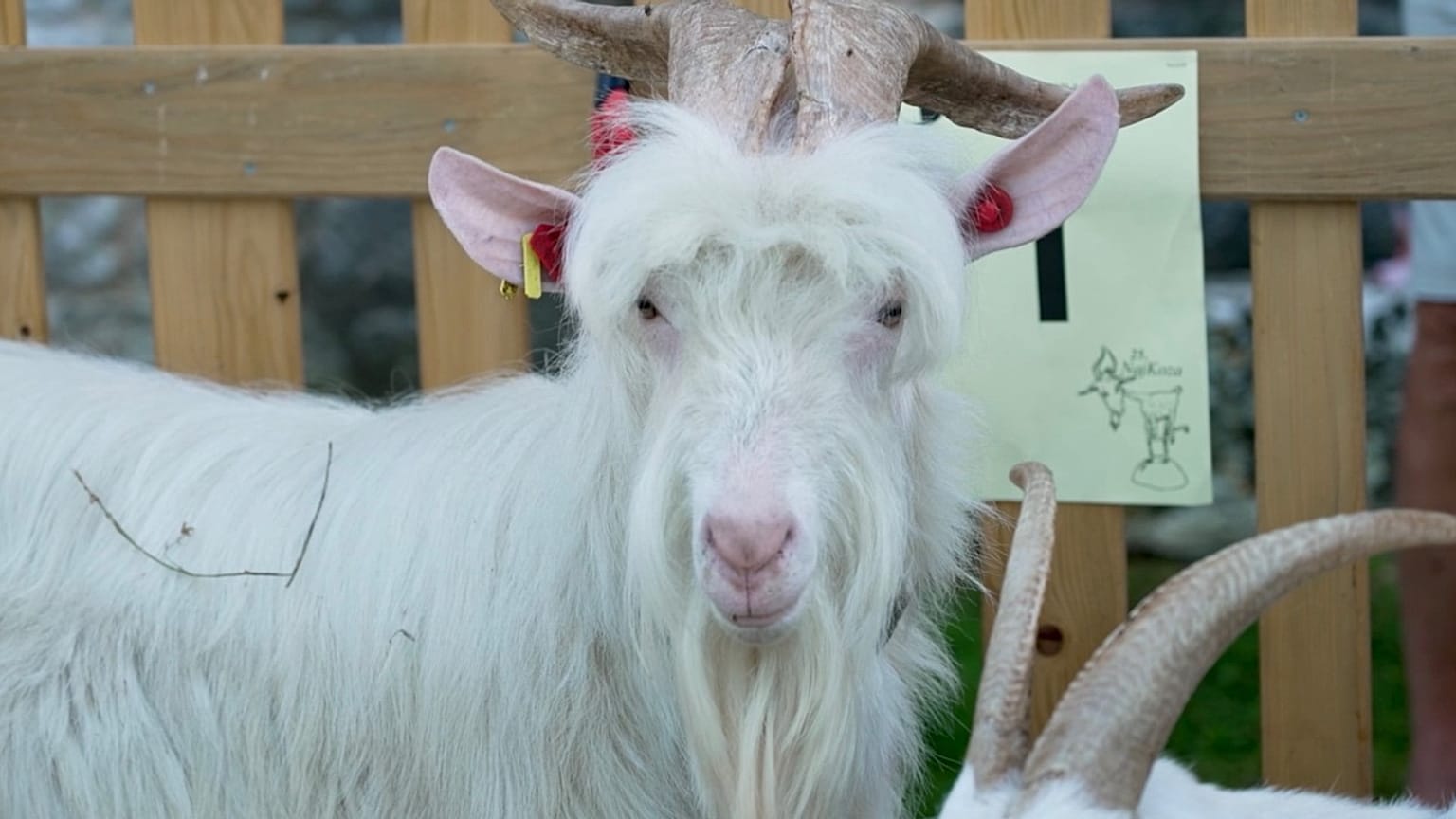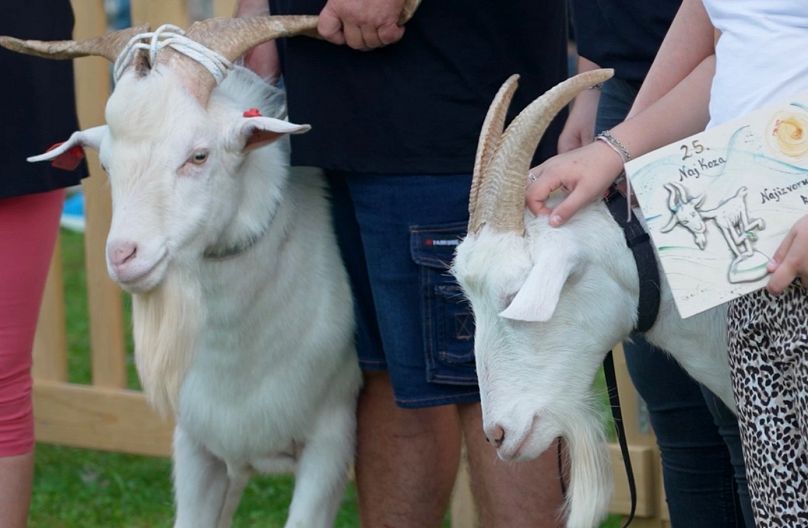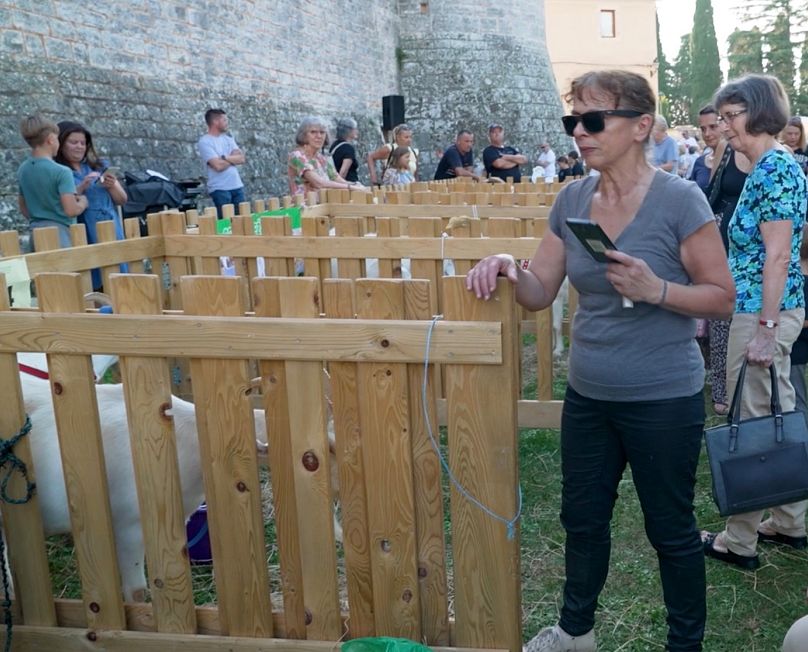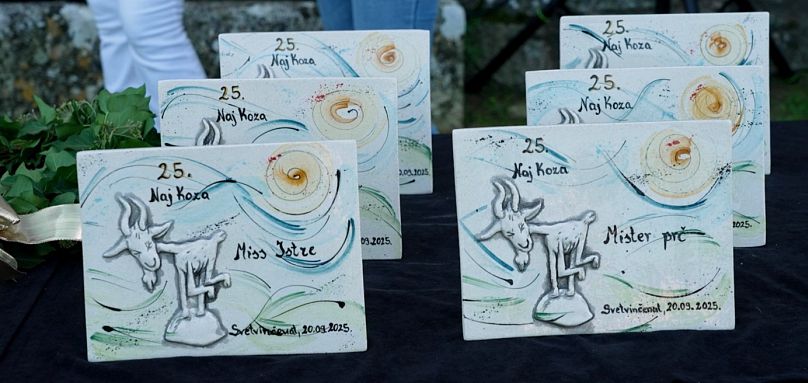The goat remains a symbol of the identity of the Istrian region, in Croatia. It represents not only an animal but also a living monument to the Istrian culture, folklore and economy. But historically, they have not always been that beloved.
The Istrian goat is a unique breed; according to scientists, it’s genetically distinct from other European white breeds. It has a large body frame, a robust — but not coarse — constitution and slightly accentuated bones. Goats are fundamentally white in colour with greyish and/or cream shades, and the appearance of grey pigment on the skin in the form of dots or patches.
The Istrian goat has been a recognisable heraldic symbol of Istria and remains present in the coat of arms of the Istrian County and the Republic of Croatia to this day. The breed had not only an economic but also a nutritional role; it was a healer and saviour, with its milk even being used as medicine.
Its social, cultural, sociological and demographic relevance is beyond doubt in the small village of Svetvinčenat, in the very heart of Istria. Here, in the shadow of Morosini-Grimani Castle, one of the main and better-preserved Rennaissance castles in the region, a goat beauty pageant has been organised for the last 25 years. The activity is now part of local folklore and a very popular tourism event.
Yet in this Croatian region, historically goats have not always been that beloved, and sometimes have even been considered a ‘pest’ and punished accordingly, says the coordinator of cultural activities at Morosini-Grimani Castle.
“Today, the goat is the symbol of Istria. It’s on the Istrian emblem, the flag of Istria, and even the Croatian crest, the Croatian emblem. In the Renaissance times, the goat was a forbidden animal because they were considered to be the enemy of herbs. It ate people’s salads,” explains Matija Ljuba. “The only families who were allowed to keep goats were the really, really poor ones, but you had to keep an eye on your animal — your goat — for it not to escape in the town. If they found your goat in the town, they would sadly kill it, and you would spend a night or two in the prison, in the castle.”
Subsequent laws in the 19th and 20th centuries practically banned keeping the animals, which were considered forest-destroying pests, causing the population to shrink dramatically. According to some historians, the ban on keeping goats in the Istrian Peninsula remained active until the end of the World War I. Exceptions to this ban had to be approved by the regional authorities, and requests often needed to be supported by health reasons. In recent decades, the movement of people to urban areas and development of tourism as a source of income further reduced reliance on the animals. The combined effects of these circumstances made the goat population in the region drop dramatically. From a population in the thousands in the mid-20th century, goat numbers have dwindled down to a few hundred in recent years.
The municipal, regional and national authorities have now pledged resources to protect the Istrian goat not only as a genetic reserve but also to boost the local and regional tourism sector. Conservation programmes with the help of local breeders are reported to be under way.


















